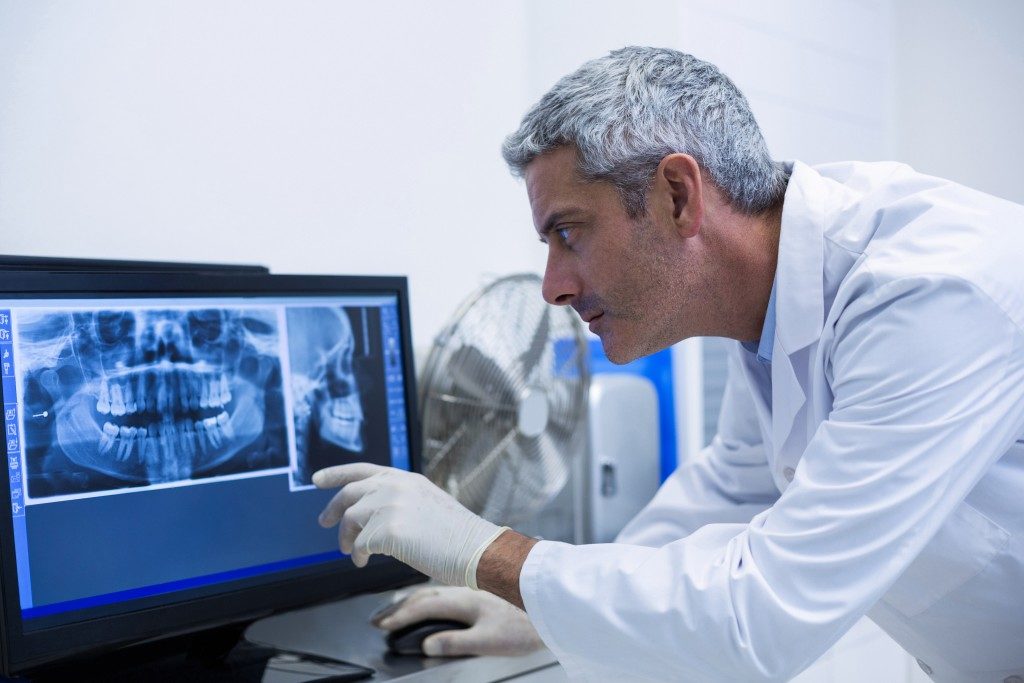The dental industry continues to develop and expand with more technological advancements that improve the patient experience. Dentists, researchers, and scientists continue looking for ways to improve dental health with minimally invasive methods.
Additionally, these new developments in dental technology not only make it easier for your patients but also reduce the amount of manual work you need to do. With dental innovations, you have more time for patient care while delivering exceptional services.
Here are some of the most recent technological advancements in dentistry that you could use for your practice.
From Automation to Patient Comfort
The dental field shows a continuous trend of development. Dental research seeks to improve oral health as well as find ways to prevent cavities and treat dental conditions efficiently and accurately. Advancements in technology seek to improve the patient experience and deliver timely results.
3D Printing
3D printing technology has officially infiltrated the field of dentistry. Additive manufacturing uses a 3D printing machine in orthodontics, specifically. The specialized machine scans the patient’s teeth and makes accurate, scale models.
3D printing is an important advancement in dentistry because it allows you to recreate exact replicas of your patient’s teeth. This is helpful in dental restoration practices, like dental prostheses, dental implants, dentures, orthodontic appliances, and for printing craniofacial structures as a reference before major surgery.
Additive manufacturing technology in dental care helps you in many ways. You can prepare for a complicated surgery through an exact 3D replica of your patient’s mouth. Additionally, through this technology, teeth replacement implants become as accurate as the X-ray scan allows.
Digital Dental Impressions
Modern dentistry also has better access to clearer digital dental impressions. The technology of today allows you to capture an accurate scan of your patient’s mouth through intraoral scanning.
The field currently benefits from CAD (computer-aided design) and CAM (computer-aided manufacturing) technology. This lets you take a quick, comfortable, and accurate scan of your patient’s oral cavity. There are devices that provide scans in full, realistic colors.
Automated Software
Another recent, incredibly helpful technological advancement the field of dentistry has access to is automated software. Automated software imitates artificial intelligence in that it does time-consuming, administrative work automatically.
Through this technology, you can maximize and achieve your production goals because the software will take care of the details in patient forms. The software will monitor schedules for your patients, allow online scheduling, and can detect if a patient is due for a pre-schedule and make arrangements on your behalf.
Painless Cavity Treatment

Dental research focuses on minimally invasive dental treatments. Painless cavity treatment, which uses lasers, treats cavity quickly and without the need to drill into your patient’s mouth. Because this treatment option is too expensive, it’s not widely commercially available yet.
Researchers continuously develop these treatments to make it available to the general public. Lasers provide greater precision in treating cavities. Ninety percent of patients who have experienced this treatment prefer this over other manual and invasive cavity treatments.
Additionally, another painless procedure you should look forward to is electrically accelerated and enhanced remineralization. It uses electrical currents to push minerals into the tooth to repair any damage painlessly. Research estimates it will take at least three years for this treatment to reach patients.
Your dental practice may soon adopt these technological developments. From using additive manufacturing to employing automated software, dental innovations will help you improve patient care.




